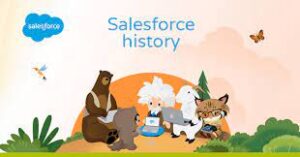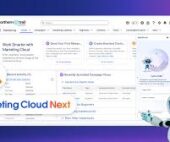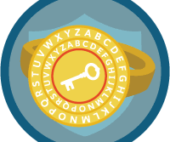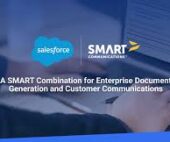Google Unveils Agent2Agent (A2A): An Open Protocol for AI Agents to Collaborate Directly
Google has introduced the Agent2Agent Protocol (A2A), a new open standard that enables AI agents to communicate and collaborate seamlessly—regardless of their underlying framework, developer, or deployment environment. If the Model Context Protocol (MCP) gave agents a structured way to interact with tools, A2A takes it a step further by allowing them to work together as a team. This marks a significant step toward standardizing how autonomous AI systems operate in real-world scenarios.
Key Highlights:
- Open & Interoperable: A2A facilitates secure, cross-platform communication between AI agents.
- Major Industry Backing: Supported by 50+ leading companies, including Atlassian, Salesforce, Deloitte, SAP, PayPal, MongoDB, and BCG.
- Enterprise-Ready: Built for complex workflows with features like long-running tasks, real-time updates, and multimodal data support.
- Complements MCP: While MCP connects agents to APIs and tools, A2A enables agent-to-agent collaboration.
How A2A Works
Think of A2A as a universal language for AI agents—it defines how they:
- Advertise their capabilities
- Negotiate tasks and user experiences
- Exchange data securely
- Coordinate workflows (from quick tasks like scheduling meetings to multi-day processes like candidate vetting)
Crucially, A2A is designed for enterprise use from the ground up, with built-in support for:
✔ Authentication & security
✔ Push notifications & streaming updates
✔ Human-in-the-loop workflows
Why This Matters
A2A could do for AI agents what HTTP did for the web—eliminating vendor lock-in and enabling businesses to mix-and-match agents across HR, CRM, and supply chain systems without custom integrations.
Google likens the relationship between A2A and MCP to mechanics working on a car:
- MCP = The socket wrench (structured tool use)
- A2A = The conversation between mechanics (agent collaboration)
Designed for Enterprise Security & Flexibility
A2A supports opaque agents (those that don’t expose internal logic), making it ideal for secure, modular enterprise deployments. Instead of syncing internal states, agents share context via structured “Tasks”, which include:
- Inputs & instructions
- Results (“Artifacts”)
- Live status updates
Communication happens via standard formats like HTTP, JSON-RPC, and SSE for real-time streaming.
Available Now—With More to Come
The initial open-source spec is live on GitHub, with SDKs, sample agents, and integrations for frameworks like:
- Google’s ADK
- LangGraph
- CrewAI
- Genkit
Google is inviting community contributions ahead of a production-ready 1.0 release later this year.
The Bigger Picture
If A2A gains widespread adoption—as its strong early backing suggests—it could accelerate the AI agent ecosystem much like Kubernetes did for cloud apps or OAuth for secure access. By solving interoperability at the protocol level, A2A paves the way for businesses to deploy a cohesive digital workforce composed of diverse, specialized agents.
For enterprises future-proofing their AI strategy, A2A is a development worth watching closely.













